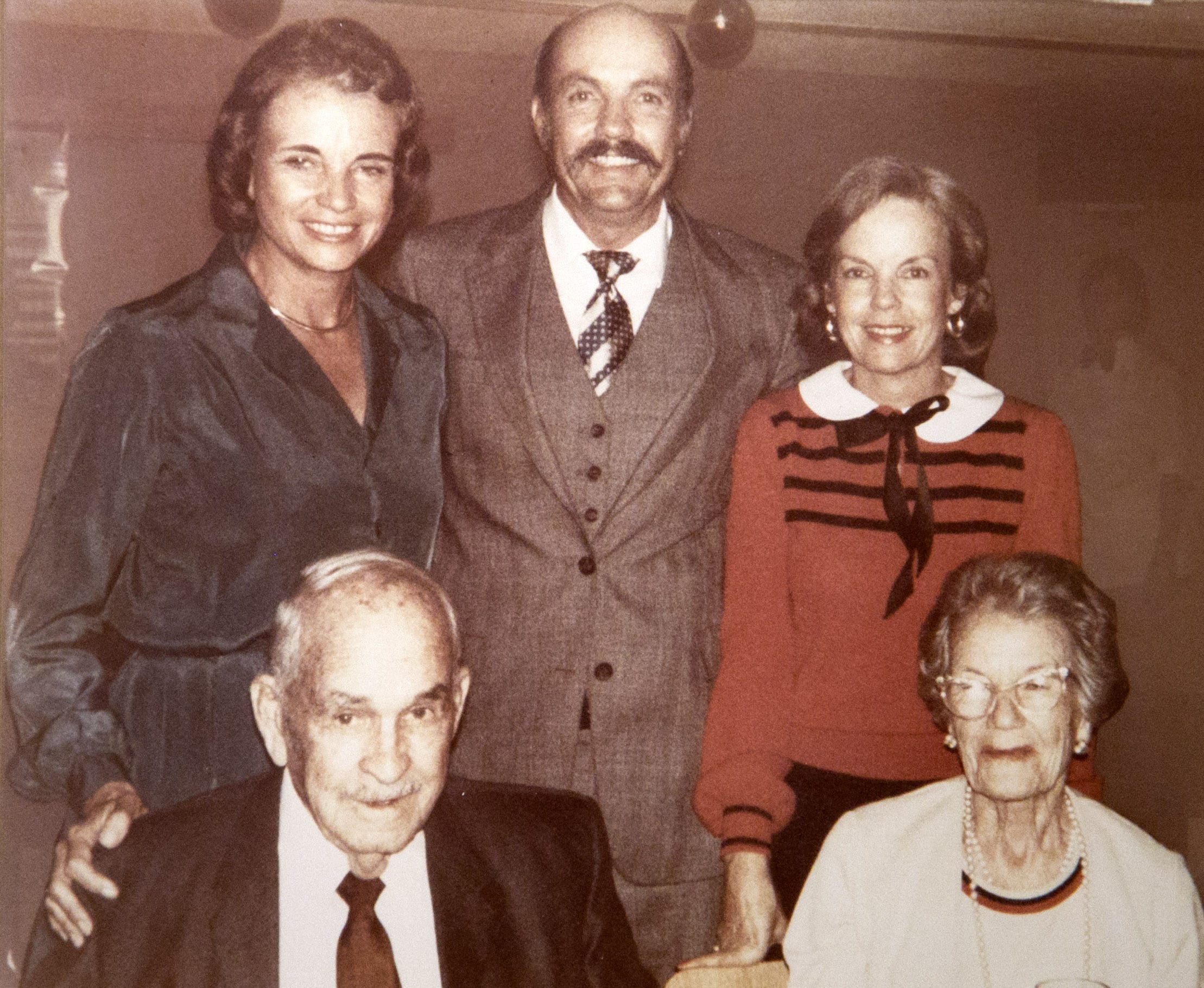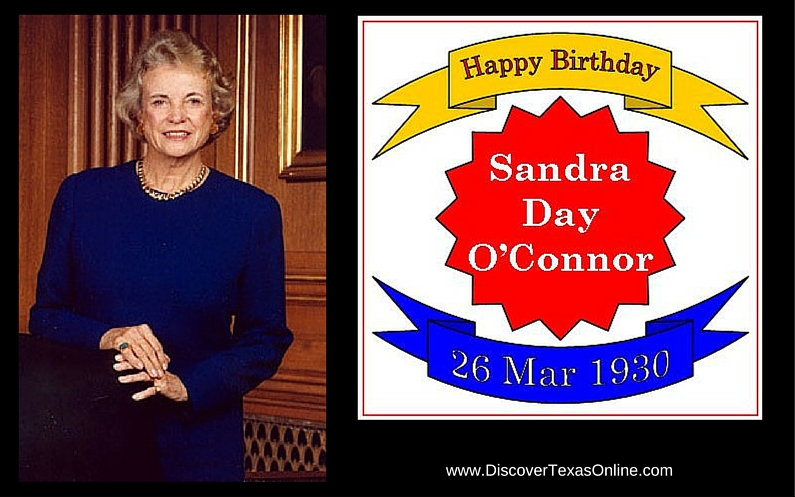

There, she served on the Stanford Law Review with its presiding editor-in-chief, future Supreme Court chief justice William Rehnquist. She continued at Stanford Law School for her law degree in 1952. : 25 She graduated magna cum laude with a B.A. When she was 16 years old, Day enrolled at Stanford University. She graduated sixth in her class at Austin High School in El Paso in 1946. Day spent her eighth-grade year living at the ranch and riding a bus 32 miles to school. The family cattle ranch was too far from any schools, although Day was able to return to the ranch for holidays and the summer. For most of her early schooling, Day lived in El Paso with her maternal grandmother, and attended school at the Radford School for Girls, a private school. Alan Day, Lazy B: Growing up on a Cattle Ranch in the American West (2002), about her childhood experiences on the ranch. She later wrote a book with her brother, H. Her sister was Ann Day, who served in the Arizona Legislature. Sandra had two younger siblings, a sister and a brother, respectively eight and ten years her junior. She began driving as soon as she could see over the dashboard and had to learn to change flat tires herself. 22-caliber rifle and would shoot coyotes and jackrabbits.


The family home did not have running water or electricity until Sandra was seven years old. The ranch was nine miles from the nearest paved road. She grew up on a 198,000-acre cattle ranch near Duncan, Arizona. Sandra Day was born in El Paso, Texas, the daughter of Harry Alfred Day, a rancher, and Ada Mae (Wilkey). 5.1.4 Non-profits and philanthropic activity.3.4 Other activities while serving on the Court.

On August 12, 2009, she was awarded the Presidential Medal of Freedom by President Barack Obama. Upon leaving the Court, she succeeded Henry Kissinger as Chancellor of the College of William and Mary. Casey.ĭuring her time on the Court, some publications ranked O'Connor among the most powerful women in the world. Gore, and was one of three co-authors of the lead opinion in Planned Parenthood v. She also wrote in part the per curiam majority opinion in Bush v. Her majority opinions in landmark cases include Grutter v. She often wrote concurring opinions that sought to limit the reach of the majority holding. O'Connor most frequently sided with the Court's conservative bloc. Samuel Alito was nominated to take her seat in October 2005 and joined the Court on January 31, 2006. On July 1, 2005, she announced her intention to retire effective upon the confirmation of a successor. Upon her nomination to the Court, O'Connor was confirmed unanimously by the Senate. Prior to O'Connor's tenure on the Court, she was a judge and an elected official in Arizona, serving as the first female majority leader of a state senate as the Republican leader in the Arizona Senate. Nominated by President Ronald Reagan, she was considered the swing vote for the Rehnquist Court and the first five months of the Roberts Court. She was both the first woman nominated and the first confirmed to the court. Sandra Day O'Connor (born March 26, 1930) is an American retired attorney and politician who served as the first female associate justice of the Supreme Court of the United States from 1981 to 2006. Judge of the Maricopa County Superior Court for Division 31Ģ3rd Chancellor of the College of William and Mary Associate Justice of the Supreme Court of the United States


 0 kommentar(er)
0 kommentar(er)
